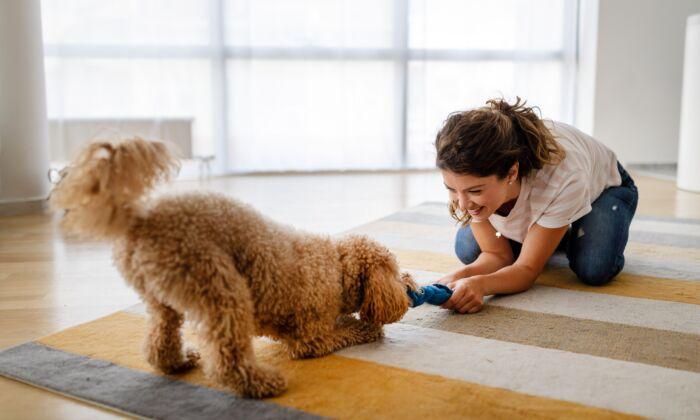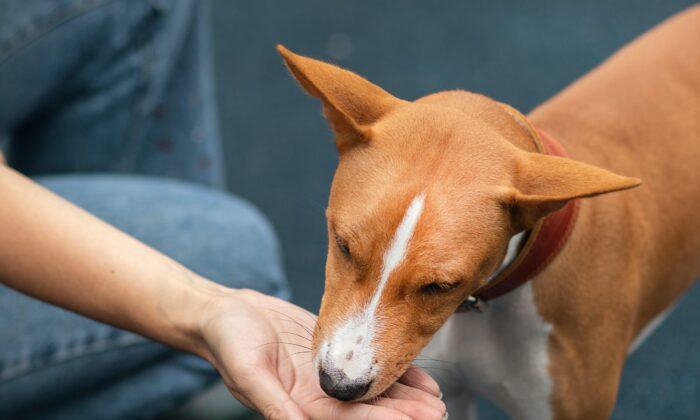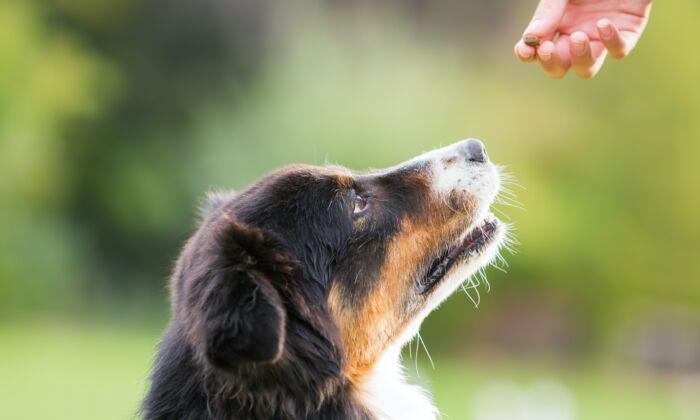Your dog needs you to play with her today.
It doesn’t matter if she has dog-siblings, a big yard, or plenty of toys and puzzles to keep her entertained.
She needs one-on-one engagement with the person she trusts the most – the person she looks to when she’s feeling stressed or anxious.
How To “Free Play” With Your Dog
One of my favorite dog experts, Scott Stauffer aka 2nd1no1 K9 Life Coach serving San Francisco, always talks about how he uses free-play as a tool to work through issues like reactivity.Free play is unstructured play,” says Scott. “It’s letting the dog do what they want and encouraging it. Not fetch or tug or enrichment games. Literally like the zoomies.”
He suggests watching how your dog chooses to burn off energy and bouncing off that.
“Dogs get to make up the rules. Then we watch how they play and then they WILL invite us. If they trust us.” - Scott Stauffer
Looking at Scott’s YouTube channel, you can see some examples of what he means by free play. There are videos with simple toys like tennis balls and without any toys at all, but they all have one thing in common: touch!
[embed]https://www.youtube.com/watch?v=mePArKucT_I[/embed]
The dogs’ loose body language and gentle mouthing are so similar to what you’d see in a dog-dog play setting. You don’t necessarily need to encourage bitey play, just be sure to use touch. Toys optional!
How I’ve Started Using Free Play With Matilda and Cow
Matilda and Cow are, mainly, couch potatoes.I could easily go days without playing with them. They’ll often initiate games between one another, but they seem perfectly happy to lounge for the majority of the day.
Cow gets excited when I wave a toy beneath her feet so she can stomp on it. She also gets playful when I sneak up on her and poke her rump. Matilda, on the other hand, can’t resist chasing a toy once I play peekaboo with it under a blanket.
Since starting research and talking to Scott about this article, I’ve been focusing more on using these play skills to change the way they react.
Lately, I’ve been finding it difficult to know what to do when they overreact to the normal sounds of people entering and moving around in our apartment building.
If they’re napping, and rudely awakened by a slamming door, they’re going to get upset and bark.
It’s so much easier for them to return to the game. It’s so much easier for them to realize that they do not need to react to every noise.
It’s harder to use play during other reactive moments. For example, both Matilda and Cow have become more confident during our frequent walks. They’ve even been letting people pet them, and started walking up to people for attention.
But certain dogs and people make them want to bark.
I think we all feel a bit awkward when our dogs overreact. Pulling your dog away and putting tension on the leash just creates more stress.
What To Do During A Stressful Situation
It’s going to be difficult to get your dog to play with a ball when she’s freaking out over the mail-lady. At first.Unlike what I previously thought, there’s no urgent need to flee the situation right away, in most cases.
“Let them watch and process ALL available information. Acting out is a form of self expression. If we stifle that or encourage it by pulling away, we aren’t helping a dog think. Only react.”
“Sometimes we just need to get them out of their heads,” says Scott. “Comfort, leave to a slightly safer spot and encourage playing. Not foraging because that releases totally different chemicals than play.”
Those neurotransmitters released in your dog’s brain during a stressful situation do not immediately dissipate afterwards. Your dog may be tense for hours afterwards. By relieving that tension, you become your dog’s source of comfort.
If you’ve been reading my blog for a while, it comes as no surprise that I do not suggest using any kind of physical punishments, or even saying “no! stop!” to your dog when she is “acting out.”
But to those of you who are newer, you might be wondering why a dog should receive comfort and playtime after misbehaving.
The truth is, our dogs do not know that barking out on a walk makes us feel embarrassed. They do not understand that their stress-related behaviors are naughty.
Our dogs take notice of their environment and react because they, like us, are mammals. Scott cites Jaak Panksepp, the animal neuroscientist best known for discovering that rats laugh at high frequencies when tickled, as an inspiration for his work with dogs.
According to Panksepp, all mammals have 7 primary networks of emotions: rage, fear, lust, care, panic/grief, seeking and play.
Your goal is never to stop your dog from seeking, but instead, to help her react appropriately to her environment.
Pairing playing with seeking helps relax your dog’s mental state. It actually changes the way your dog thinks so she can naturally feel calmer and more focused on you in any environment.
When we focus on our dog’s mental state, rather than the inconveniences of their bad behavior, we have a better chance at making true changes.
We can help our dogs feel good about scary situations. We can help them not only stop barking at the mail-lady, but actually look forward to seeing her.
In recent years, dog training has evolved in unique and inspiring ways. With the help of modern behavioral science, common sense and compassion, we can now modify behaviors in ways that feel good to us and our dogs, rather than use methods that break down the unconditionally loving human-dog bond.





Friends Read Free